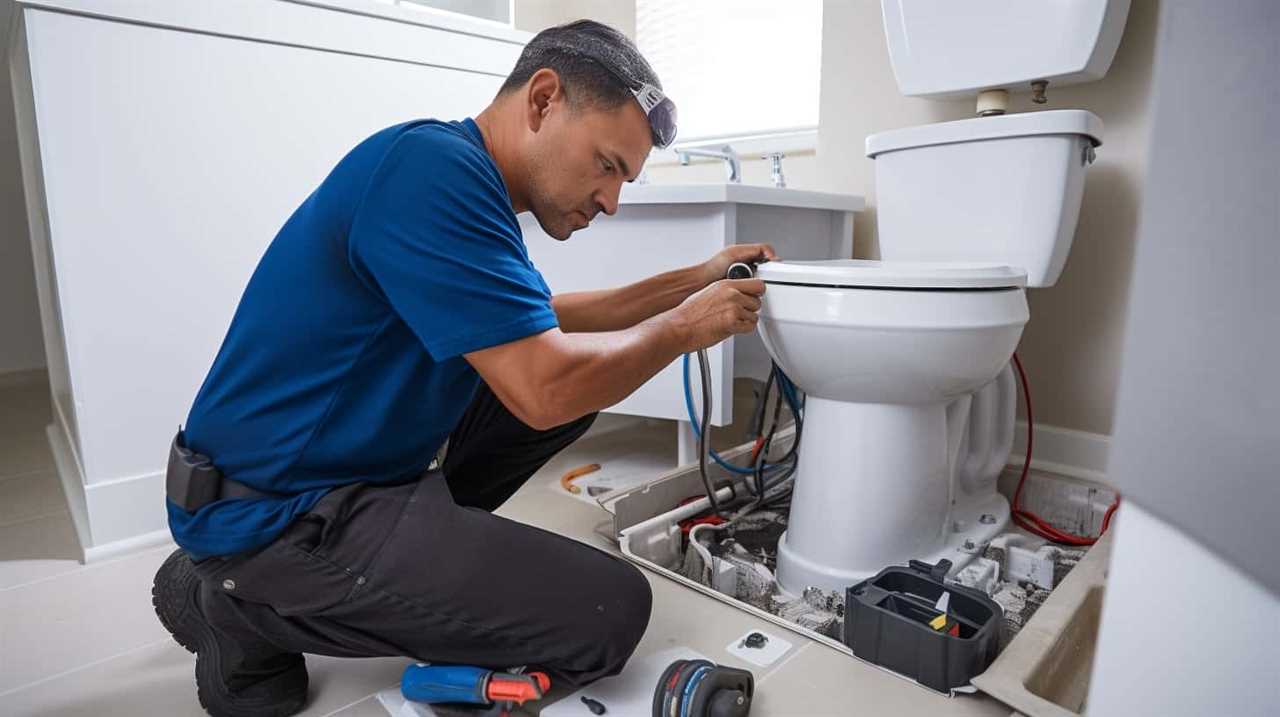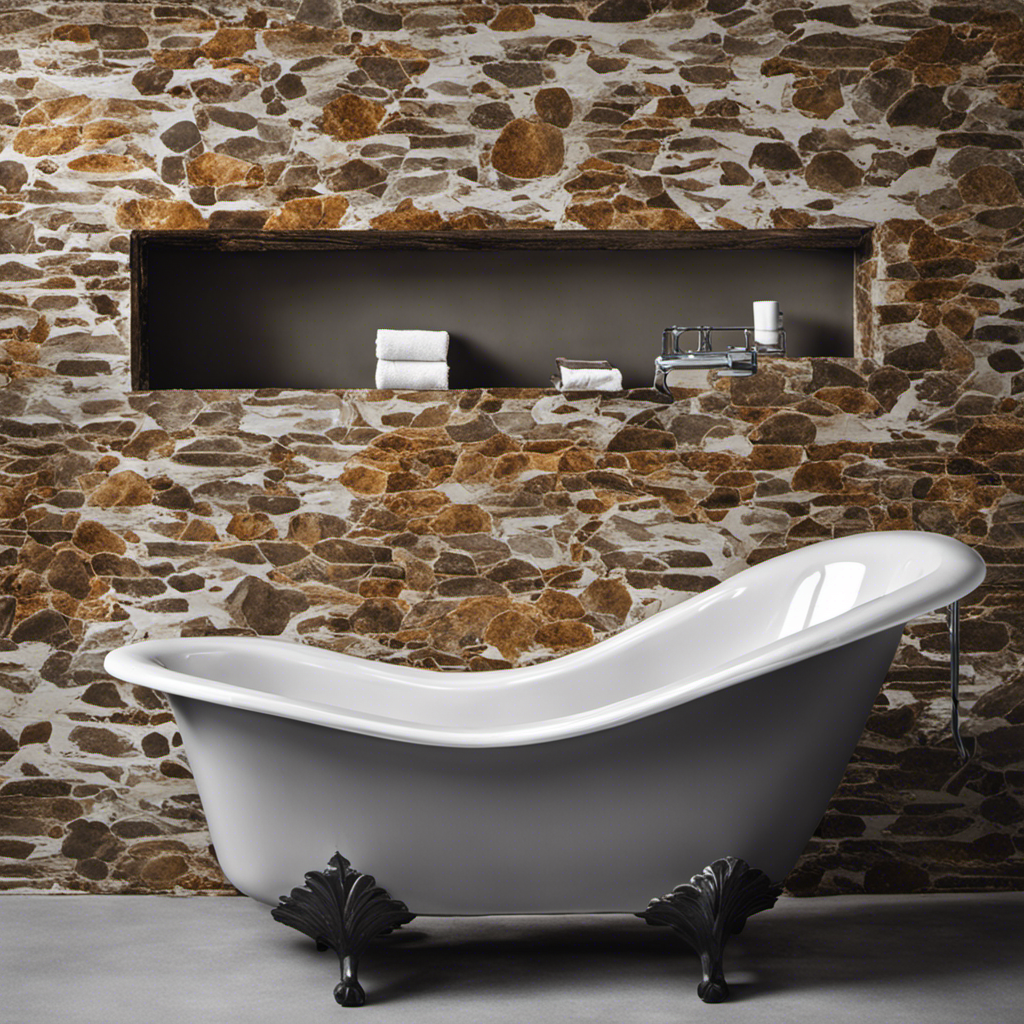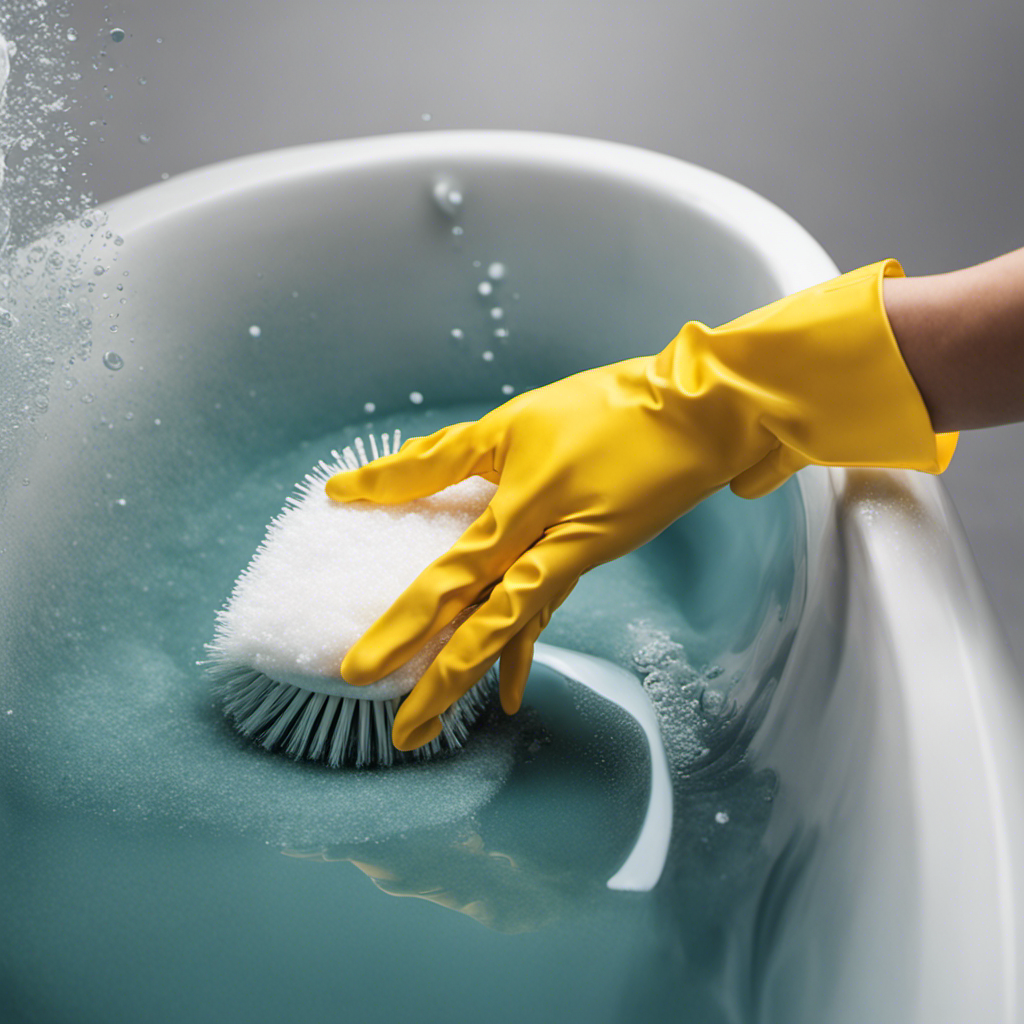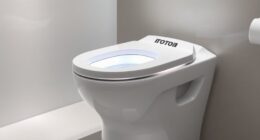The adage ‘knowledge is power’ is familiar to us all, and this holds especially true when it comes to our bathrooms. Therefore, let’s delve into the intriguing realm of toilet paper and its impact on our plumbing systems.
In this article, we’ll explore the composition of toilet paper, debunk common myths, and provide expert tips for preventing clogs.
Get ready to become a toilet paper master and keep those pipes flowing smoothly.
Let’s get started!
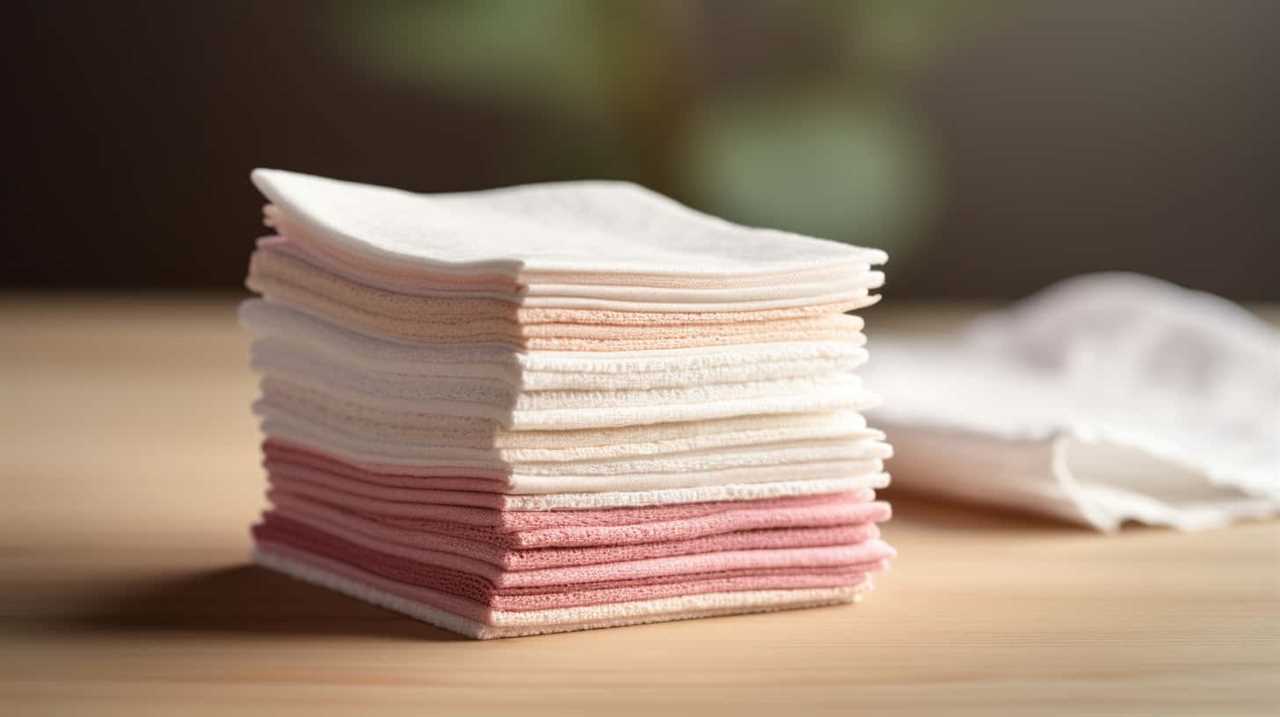
Key Takeaways
- Toilet paper composition, including its strength, absorbency, and ability to dissolve in water, plays a crucial role in preventing clogs.
- Upgrading plumbing infrastructure can help prevent clogs and reduce the environmental impact of toilet paper usage.
- It is important to properly dispose of toilet paper and avoid flushing inappropriate items to prevent clogs.
- Understanding the facts about toilet paper and clogs can dispel unnecessary concerns and confusion.
Understanding Toilet Paper Composition
We will examine the composition of toilet paper to gain a better understanding of its potential to clog toilets.
Toilet paper is typically made from wood pulp that undergoes a complex manufacturing process. The process involves breaking down the wood fibers into a pulp, which is then mixed with water and chemicals to create a slurry.
This slurry is then pressed and dried to form the thin, soft sheets of toilet paper we’re familiar with. The composition of toilet paper is crucial in determining its strength and absorbency, as well as its potential to dissolve easily in water.
It’s important to note that certain toilet paper brands may use recycled materials or offer eco-friendly alternatives that are more easily biodegradable, reducing the risk of clogging and environmental impact.
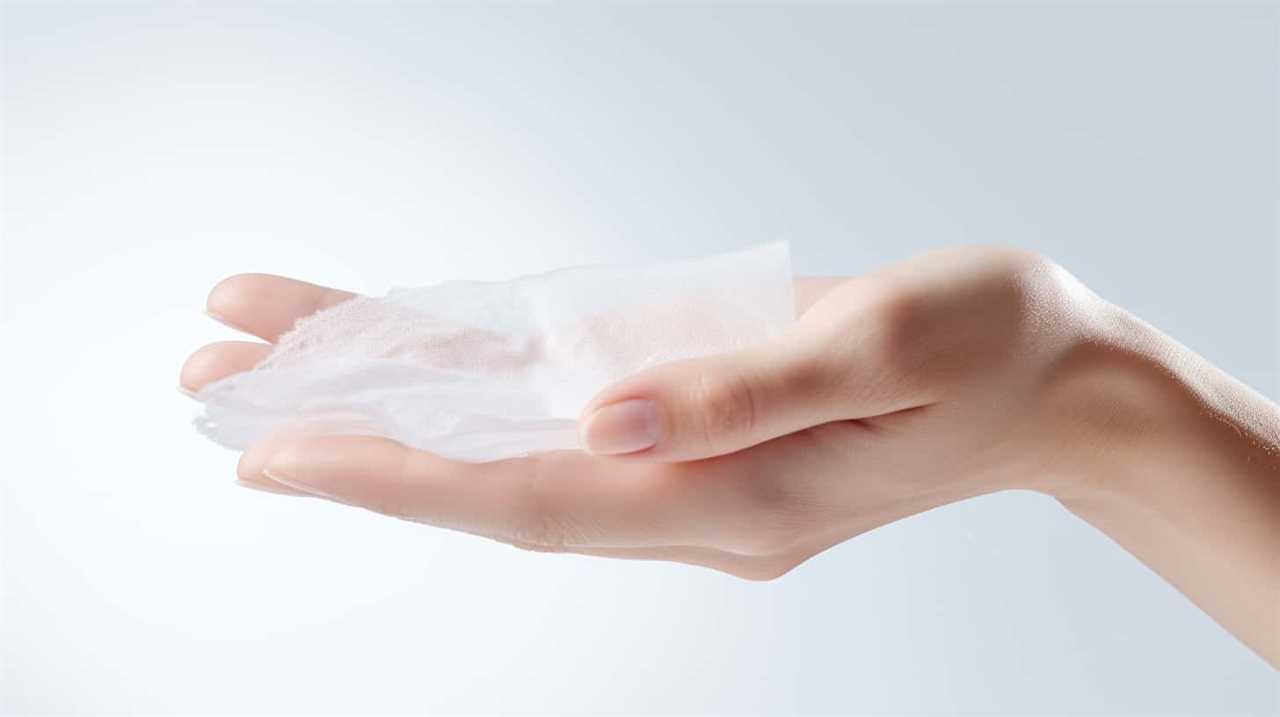
Factors That Can Lead to Toilet Paper Clogs
Toilet paper clogs can occur due to a variety of factors, including excessive use, poor plumbing infrastructure, and flushing inappropriate items. Understanding these factors can help prevent clogs and maintain a properly functioning toilet system.
- Excessive use: Using an excessive amount of toilet paper can overwhelm the plumbing system and lead to clogs. It’s important to use only what’s necessary and avoid excessive amounts.
- Poor plumbing infrastructure: Older plumbing systems may not be equipped to handle certain toilet paper brands that are thicker or less biodegradable. Upgrading plumbing infrastructure can help prevent clogs and minimize the environmental impact.
- Flushing inappropriate items: Flushing items such as wet wipes, facial tissues, or paper towels can cause clogs as they aren’t designed to break down easily. It’s crucial to only flush toilet paper that’s specifically designed to dissolve quickly.
Debunking Common Myths About Toilet Paper and Clogs
As we delve into the topic of debunking common myths about toilet paper and clogs, it’s important to address misconceptions that can lead to unnecessary concerns and confusion.
One common myth is that using toilet paper alternatives can prevent clogs. While it’s true that some alternatives, such as bidets or wet wipes, may reduce the amount of toilet paper used, they aren’t foolproof solutions. These alternatives can still contribute to clogs if not disposed of properly.
Another myth is that using less toilet paper is always better for the environment. While reducing toilet paper usage can have a positive impact on the environment, it’s essential to consider the environmental impact of the alternatives. For example, wet wipes often contain non-biodegradable materials that can harm ecosystems.
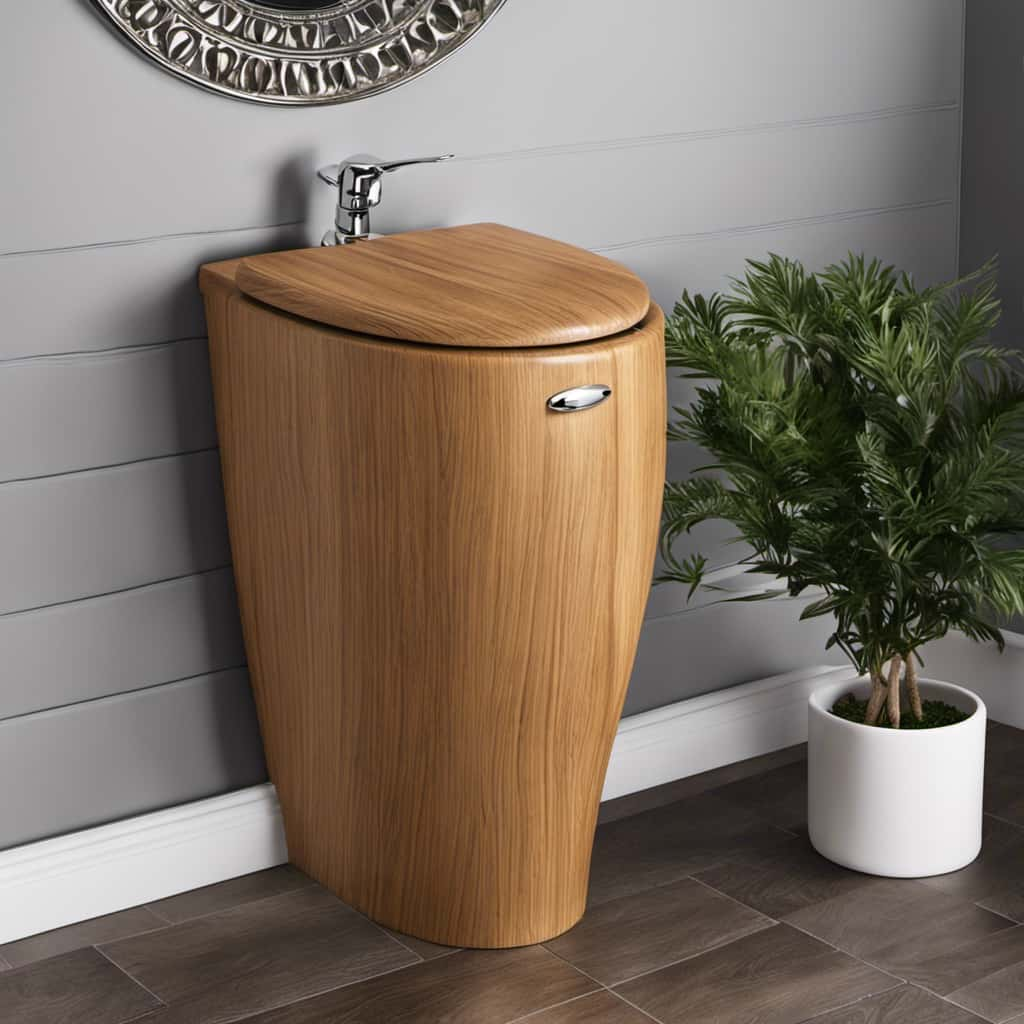
Therefore, it’s important to weigh the pros and cons of different toilet paper options and disposal methods to make an informed decision.
Tips for Preventing Toilet Paper Clogs
To prevent toilet paper clogs, it’s important to be mindful of the amount of toilet paper being used and how it’s disposed of. Here are three tips to help you avoid clogs and keep your plumbing running smoothly:
- Use less toilet paper: Consider reducing the amount of toilet paper you use each time you go to the bathroom. You can fold it or tear it into smaller pieces to minimize the risk of clogs.
- Choose toilet paper alternatives: If you’re looking for eco-friendly options, consider using bidets, wet wipes specifically designed for flushing, or even reusable cloth wipes.
- Dispose of toilet paper properly: Make sure to flush toilet paper only and avoid flushing any other materials like sanitary pads, tissues, or baby wipes, as these can easily cause clogs.
By following these tips, you can minimize the chances of experiencing toilet paper clogs and promote a more eco-friendly bathroom routine.
However, if you do encounter a clog, don’t panic. There are steps you can take to address the issue promptly and efficiently.

What to Do If Your Toilet Paper Causes a Clog
If your toilet paper causes a clog, we recommend taking immediate action to prevent any further plumbing issues.
Firstly, consider using toilet paper alternatives such as wet wipes, which are designed to dissolve easily and reduce the risk of clogs.
However, if you find yourself facing a clogged toilet and you don’t have a plunger on hand, there are still options available.
One method involves pouring hot water into the toilet bowl from waist height, as the force of the water can help dislodge the blockage.
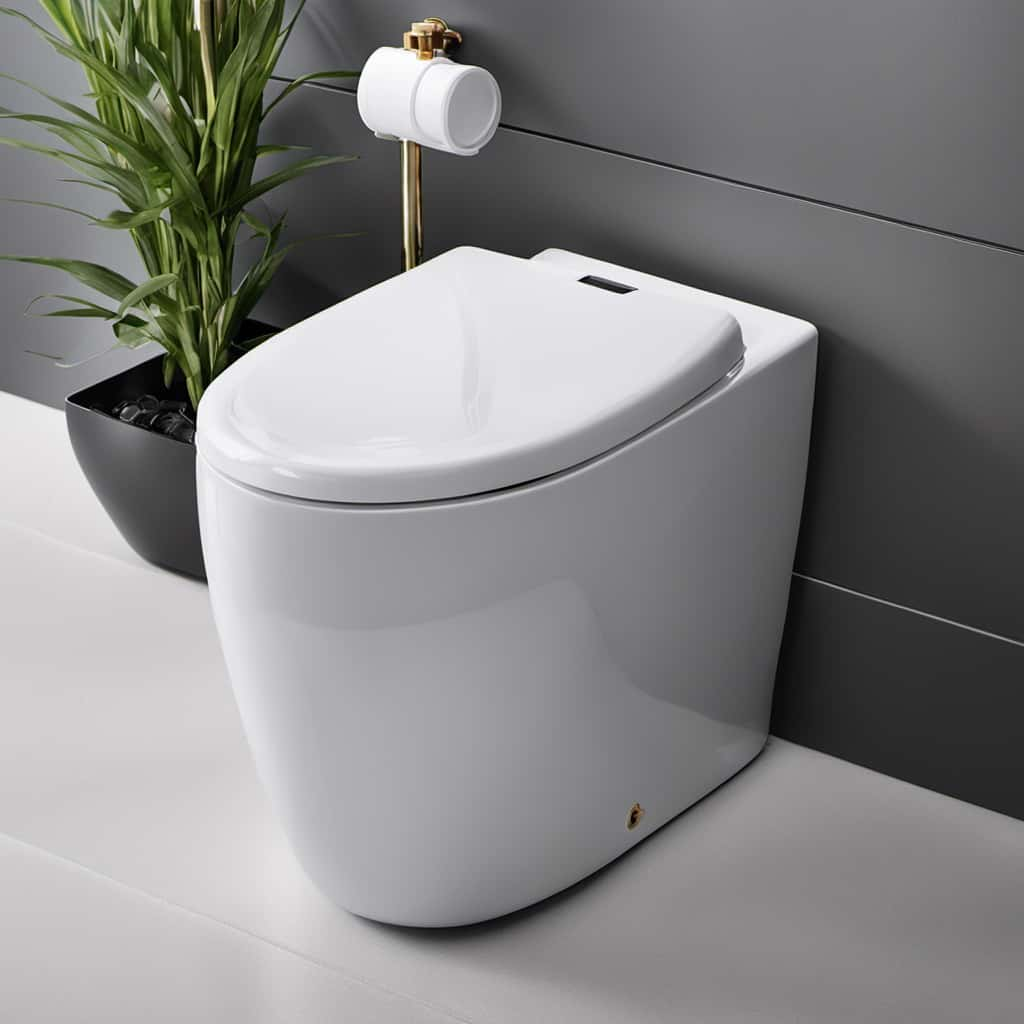
Another option is to create a homemade drain cleaner using a mixture of baking soda and vinegar. Simply pour the mixture into the toilet bowl and let it sit for a few minutes before flushing.
Frequently Asked Questions
Can Other Items Besides Toilet Paper Cause Clogs in the Toilet?
Yes, other items besides toilet paper can cause clogs in the toilet. It is important to consider alternative options that are septic safe certified to prevent clogging and maintain proper functionality.
What Are Some Alternative Options to Traditional Toilet Paper That Are Less Likely to Cause Clogs?
When it comes to alternative toilet paper options, there are a few that are less likely to cause clogs. Bamboo or recycled paper products are environmentally friendly choices that can help avoid plumbing mishaps.
How Can I Determine if My Toilet Paper Is Septic-Safe?
To determine if toilet paper is septic-safe, check for labels that indicate it is safe for septic systems. Using septic-safe toilet paper helps avoid clogs and maintain the health of your septic system. Bidets also offer benefits in terms of hygiene and reducing toilet paper usage.

Is It Possible for Toilet Paper to Dissolve in the Toilet Bowl if Left for an Extended Period of Time?
Toilet paper decomposition is a fascinating topic. We explore the environmental impact of toilet paper production and whether it can dissolve in the toilet bowl over time. Let’s dive into the science!
Are There Any Specific Toilet Paper Brands That Are Known to Be More Prone to Causing Clogs?
Some toilet paper brands may be more prone to causing clogs due to their thickness. It’s important to consider the environmental impact of the toilet paper we choose, opting for options that are biodegradable and septic-safe.
Conclusion
In conclusion, understanding the composition of toilet paper and the factors that can lead to clogs is crucial for preventing any plumbing mishaps. By debunking common myths surrounding toilet paper and clogs, we can ensure a better bathroom experience.
Remember to follow the tips provided to prevent toilet paper clogs, but if you do encounter a clog, don’t panic. Just follow the steps outlined in the article and your toilet will be back to normal in no time.
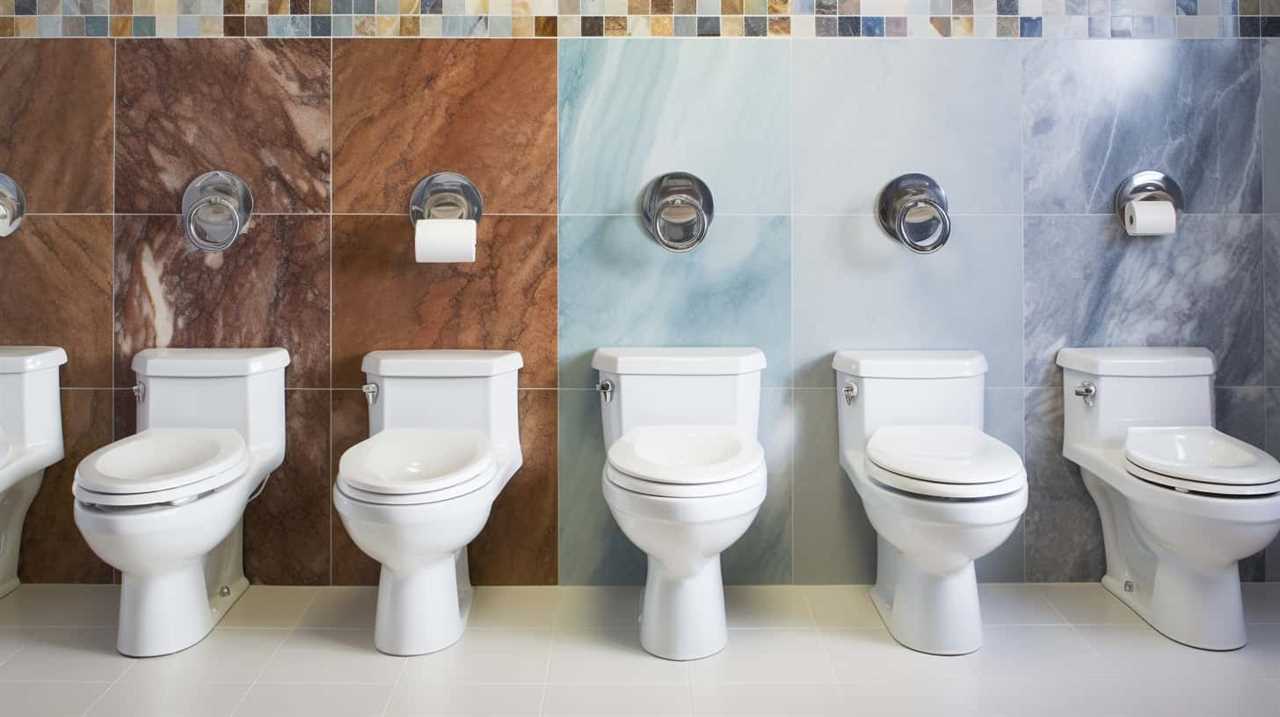
So, are you ready to keep your toilet clog-free?



